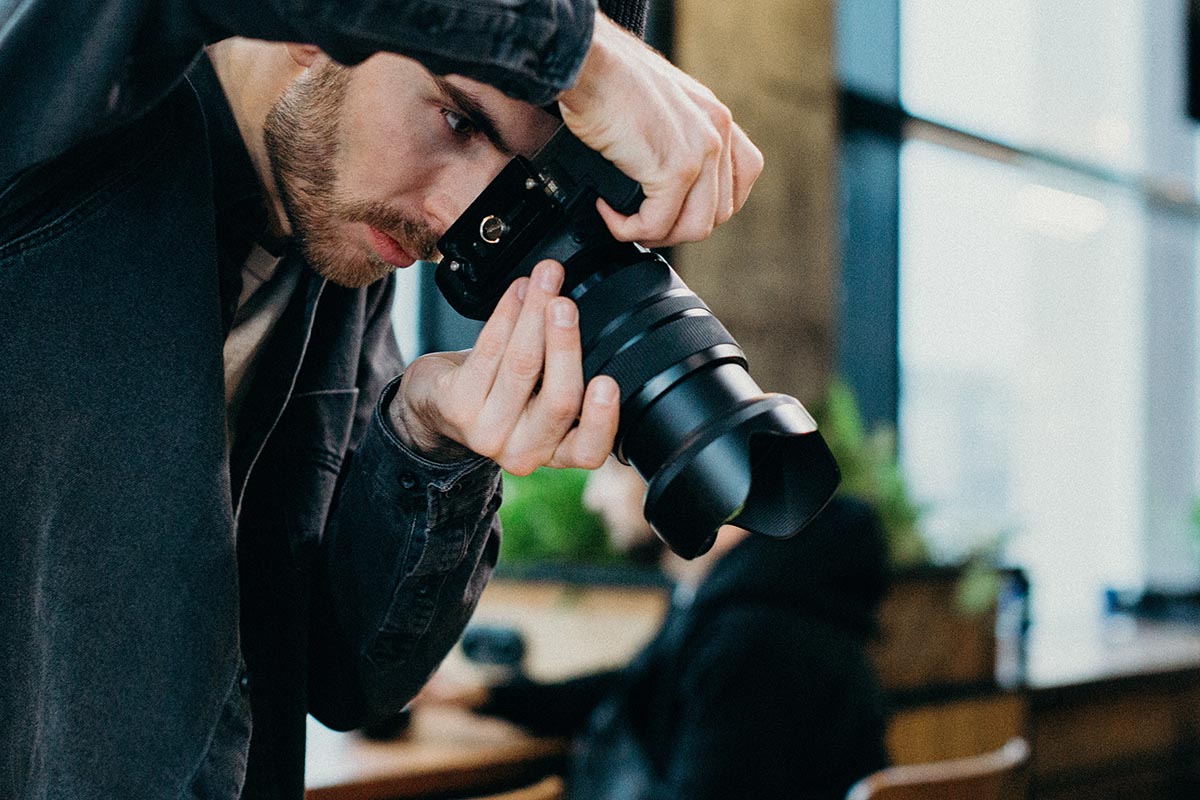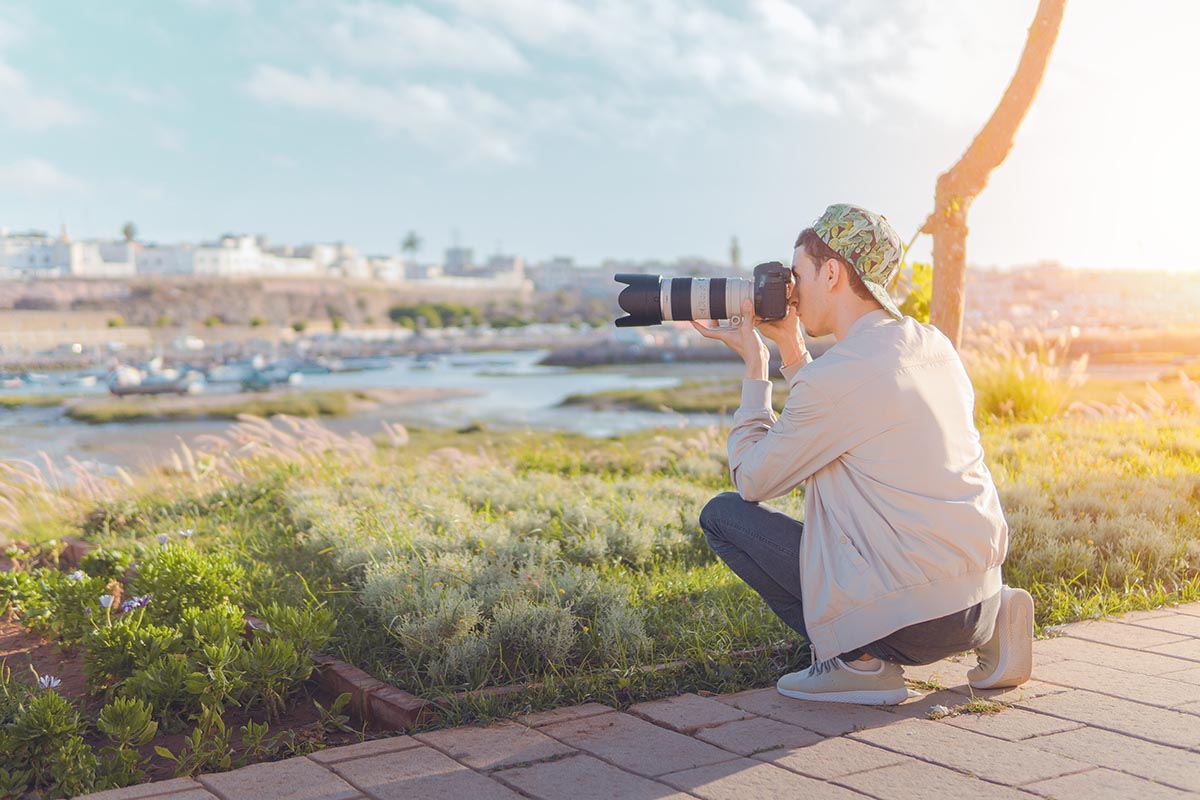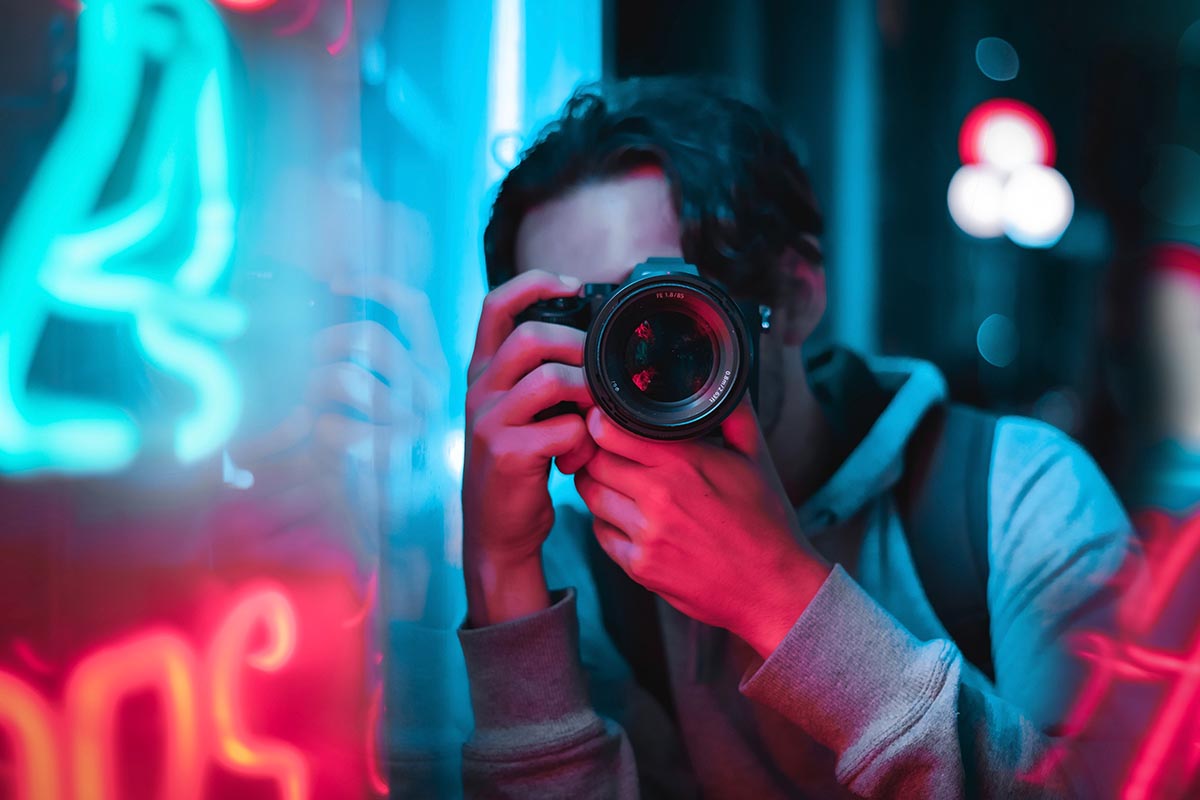Seven Tips to Improve Your Photography Skills
The only language that is universally understood is photography. It constructs a creative perception of how you see the world.
Capturing a moment, freezing it in the form of a photograph, reveals the rich reality of life around you. The stillness of your favorite moment soon turns into therapy, and you can’t help but seize the dynamics of this world behind a camera. A photographer in you is born, and with time you dive deeper and find the best ways to scale a pinnacle.
The art of photography is difficult to master. Whether you’re pursuing it academically or hitting the streets with a camera as a passion, there is always room for improvement and upgrading your skills. Critically evaluating your work can be challenging; however, the following tips will help you improve your photography skills and achieve the masterpiece you always wanted.
Take Inspiration from Other Artists
You can better comprehend the nature of photography and your abilities by looking at the works of other photographers. Understanding lighting, composition, concept, and perspective are the foundations of creating beautiful work. Gaining knowledge from industry experts and the top photographers in your peer group will give you a wealth of information as you hone your skills and broaden your artistic perspective.
You can achieve this by following photographers from around the world on social media and staying up to date with their work or visiting local photography exhibitions and galleries. Another great way is to explore stock photos on photography-specific websites and study what makes these photos successful. Keep in mind the intention should be to observe the work intently rather than making blatant copies of them!
Understand Every Aspect of your Camera
There is more to photography than just ‘point and capture.’
Understanding what your camera is capable of will help you take better pictures. First, read the user’s manual thoroughly to become acquainted with the features and capabilities of the camera. See all the details, what each button does and why. Then, learn the settings and how they will affect your photographs before making changes.
Improve your photography skills: Why?
Every moment is different. Consequently, two photos can never be the same. Therefore, you must know how to modify the camera settings for each situation. In addition, scenes can change in a split second, and if you know your camera functions, you can adjust to get the perfect shot.
Make Use of a Tripod
Using a tripod can significantly improve the quality of your photos. A tripod can give you stability when you take photos, making your images sharper and more balanced. It can also reduce the possibility of undesirable elements in your frame.
Ensure your tripod is mounted on a flat, stable surface and perfectly accommodates your camera. Check with a spirit level to ensure that the camera and tripod align with the horizon. You don’t want your photos to look skewed. Hang something heavy underneath your tripod for extra support. When you are attempting to take pictures of a specific scene, this will serve as an anchor to stop the tripod from moving.
Learn What Makes a Shot Blurry
If you’re still learning the craft of photography, you’ll undoubtedly snap some pictures you thought would be perfect but end up blurry. It can result from poor focusing, a camera shake, or a moving subject. You must identify the cause of the error, resolve it, and then try again.
- Inadequate focus: You will notice that areas in front or behind the subject are sharp if the blurriness results from poor focus. If you can’t see any sharp areas, your focus is off, creating a uniform blur in the entire photograph.
- Movement: The distinctive “streaking” of highlight areas makes it simple to identify blur caused by camera shake. These indicate that the subject or the camera may have moved during the exposure.
By understanding what causes blur in a shot, you can take steps to prevent it, such as using a tripod, selecting a faster shutter speed, or adjusting the aperture and focus settings.
Explore Image Post-Processing Techniques
Even though modern cameras can capture stunning images straight from the sensor, something is still missing. A stroke of human emotion, passion, and concept is needed to bring a photo come to life that is unimaginable to capture with just a camera.
A photograph requires manual editing to make it truly inspirational and realistic. Moreover, raw shooting increases the amount of information captured and improves dynamic range, simplifying photo manipulation. However, you must post-process it using different software with photography tools to achieve the desired effect from a raw image. Your life will change if you become familiar with editing software.
Try to Make a Mundane Subject Stand Out
Going out of your way to photograph seemingly uninteresting subjects in a novel and inspirational manner will help you to improve your creativity and broaden your perspective. Try approaching a commonplace object from various heights, angles, and depths, such as a piece of ornament, a set of keys, a bar of soap, a glass, flowers, pets playing, or a crossing sign.
Try shooting flowers from behind, for instance, if you want an entirely new perspective. Photos that distinctively portray objects can help you quickly build a strong portfolio and market your work to potential clients.
Step Out of Your Comfort Zone
Limiting one’s self-improvement to what one already knows is the greatest obstacle. How can you enhance your photography skills if you don’t attempt something you haven’t done before?
Always strive to venture beyond your comfort zone. Initially, this may appear unsafe, but it will significantly improve your photography. At the very least, you will discover your preferences, dislikes, strengths, and weaknesses.
If you exclusively shoot in natural light, give a shot to a studio setting! Conversely, if you’re a professional studio photographer, try finding inspiration under nature’s blanket. Sometimes a change in your photography routine can result in unexpected results. You never know!
Tips to improve photography skills: conclusion
Carefully observe the beauty in the world around you, and take pictures of what piques your interest. This is what distinguishes you and your photographs from others.
Incorporate the abovementioned tips in your work and focus on creating pictures that inspire you to produce visuals that convey how you see the world. After all, that’s the reason you wanted to be a photographer.



















